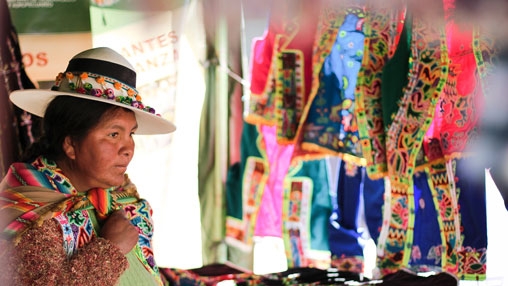Women are proving to be Latin America’s best partner in the region’s quest for economic growth for all. Millions of families have been saved from poverty thanks to the region’s women. With more than 70 million joining the workforce over the past 20 years, their income alone reduced extreme poverty by 30%. And by proving themselves to be less vulnerable during the last financial crisis than their male counterparts, women have been pivotal in shaping the region’s development over the past decade..
“It is very clearly shown in the 2012 World Development Report, gender equality is not just imperative from an ethical standpoint, it is also smart economics,” explains Elizaveta Perova, Economist and Regional Gender Coordinator for the World Bank in Latin America and Caribbean.
Indeed proof of this is seen throughout the Bank’s work in the region. Making a conscious effort to ensure projects don’t exacerbate existing inequalities, many projects have seen gender equality improve as a result. For example:
- Involving women in a rural infrastructure project in Peru led to more small and medium businesses in the area as they use their new skills to improve economic opportunities.
- Freed from the daily burden of fetching water, women in north-east Brazil have been able to reinvest this time and increase their family's’ income.
- An opportunity to start their own business has enabled women in Guatemala to challenge patriarchal structures and play an important role in their town’s development.
Challenging stereotypes
With as many girls in Latin America finishing primary school in 2011 as boys, the future is looking brighter for the next generation too. In Haiti, for example, young women are breaking down gender stereotypes and carving out an independent future for themselves in ‘non-traditional’ professions. With high-quality, technical training, over a thousand young women have been given chance to build themselves a career while changing attitudes to women in the workplace.
However, employment within the region is still far from equal. Women are overwhelmingly employed in the service sector, domestic services and not within the high tech, construction or skilled fields. Furthermore, a persistent wage gap, particularly in Chile, Brazil, Mexico and Peru, means male professionals can earn up to a quarter more than their female counterparts.
“Labor force participation among women increased dramatically, but the gender wage gap remains high, and women continue to work in traditional sectors, such as services. So there has been progress on one hand, but not sufficient to see the same labor opportunities,” clarifies Perova.

